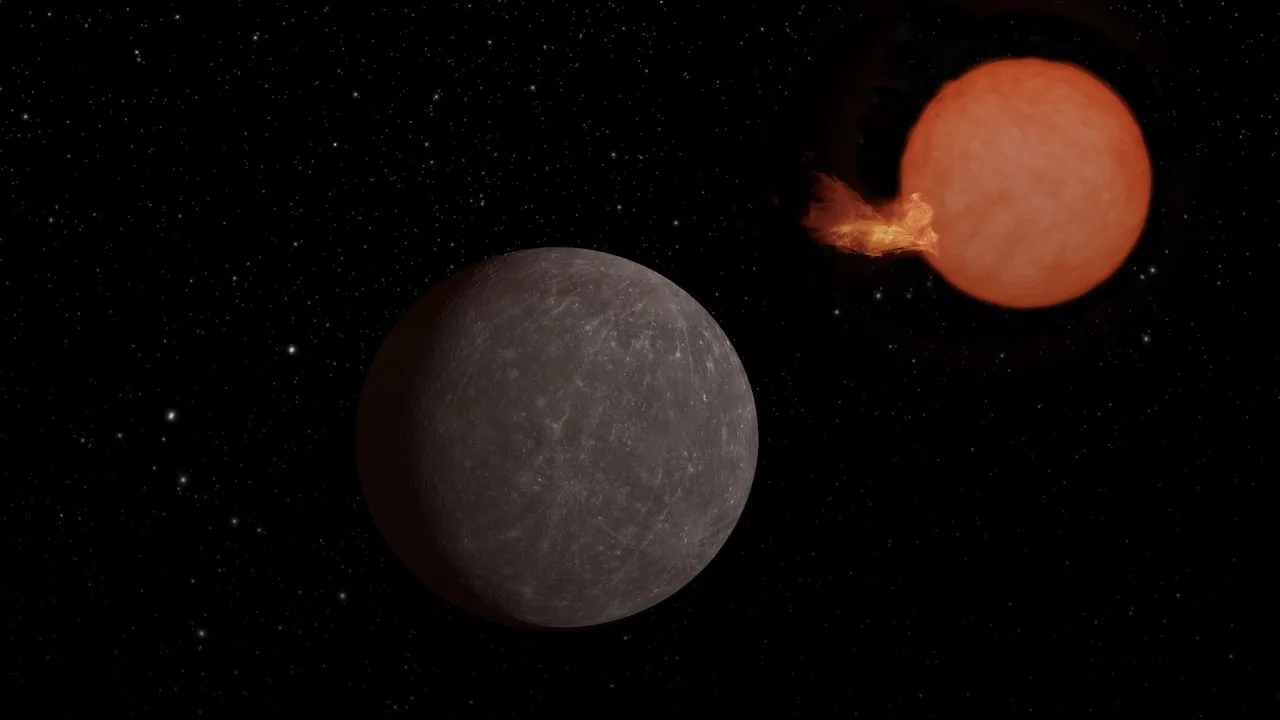Earth-sized alien planet found in our galactic backyard; a year there lasts 17 hours

An international team of astronomers has discovered an alien world eerily similar to our own, but orbiting an ultra-cool red dwarf star. This newly found planet, dubbed SPECULOOS-3 b, resides a mere 55 light-years from Earth - a blink in cosmic terms - and is as big around as Earth.
Scientists believe SPECULOOS-3 b is tidally locked, meaning one side perpetually faces its star, bathed in eternal sunlight. The other side, shrouded in permanent darkness, offers a stark contrast.
In our Milky Way galaxy, ultra-cool dwarf stars like SPECULOOS-3 are common but incredibly faint, making their planetary systems difficult to study.
"We designed SPECULOOS specifically to explore nearby ultra-cool dwarf stars in search of rocky planets. With the SPECULOOS prototype and the crucial help of the NASA Spitzer Space Telescope, we discovered the famous TRAPPIST-1 system. That was an excellent start," said Michael Gillon at the University of Liège, Belgium, who leads the SPECULOOS (Search for Planets EClipsing ULtra-cOOl Stars) project, and the lead author of the paper announcing the planet's discovery.
With an average temperature of about 4,760 F (2,627 C), the SPECULOOS-3 star is much cooler than our Sun but still bombards its planet with intense radiation, likely stripping away any potential atmosphere.
Going forward, the James Webb Space Telescope (JWST) might offer a glimpse into the world's potential for an atmosphere and surface composition, further unraveling the mysteries of SPECULOOS-3 b and its kinship to our blue planet.
"We're making great strides in our study of planets orbiting other stars. We have now reached the stage where we can detect and study Earth-sized exoplanets in detail. The next step will be to determine whether any of them are habitable, or even inhabited,," said Steve B. Howell, one of the planet’s discoverers at NASA Ames Research Center in Silicon Valley.










